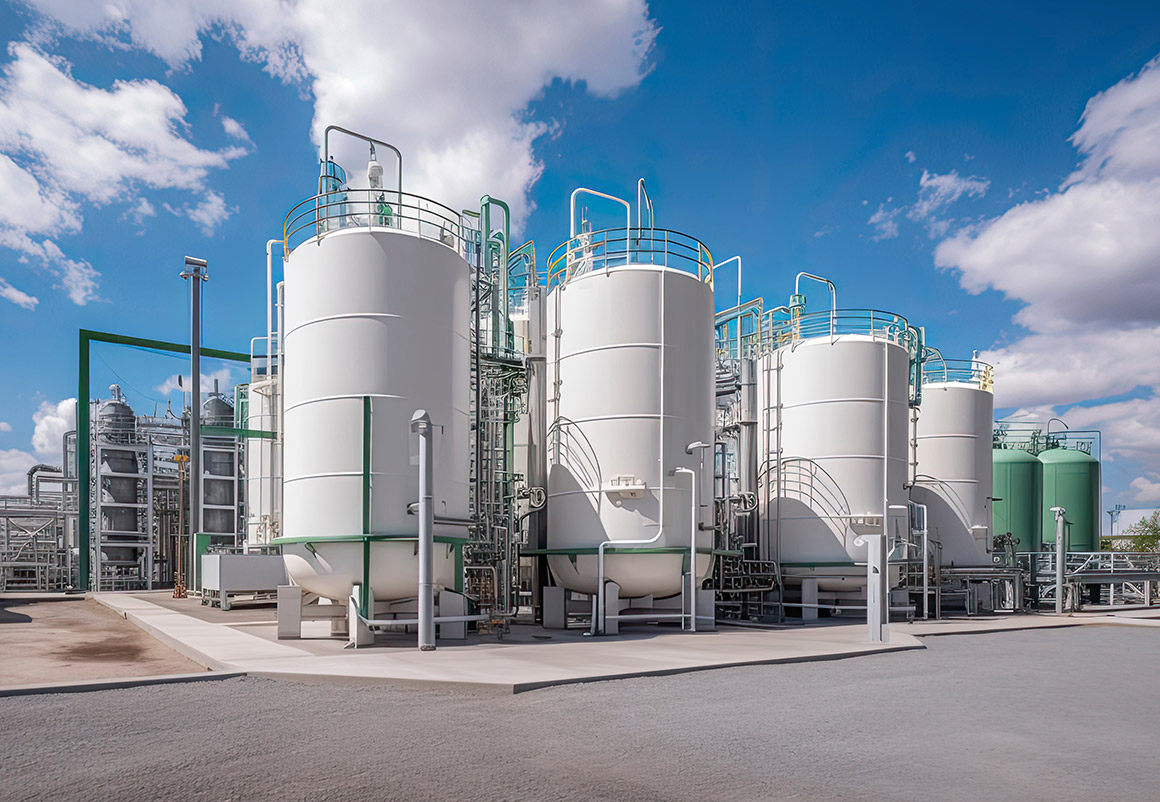In the world of commodities, some products are well-known staples like oil, aluminium, or wheat. However, one of the rising stars in the commodities market is something you might not have considered: hydrogen. With the global push towards cleaner energy and reducing carbon footprints, hydrogen is increasingly being viewed as a crucial component in the future of energy and industry. But what exactly is hydrogen as a commodity, and why is it becoming so important? Let’s dive in.
What is Hydrogen?
Hydrogen is the simplest and most abundant element in the universe, made up of just one proton and one electron. Despite its abundance, hydrogen doesn’t exist freely in large quantities on Earth and must be produced from other sources like water, natural gas, or biomass. It is colorless, odorless, and, most importantly, a clean energy carrier when produced and used correctly.
Types of Hydrogen: The Color Code
Hydrogen is often referred to by different “colors” based on how it is produced:
- Green Hydrogen: Produced by splitting water (H2O) into hydrogen and oxygen using renewable energy sources like wind or solar power. This process, called electrolysis, generates no carbon emissions, making green hydrogen the most environmentally friendly option.
- Blue Hydrogen: Created from natural gas through a process called steam methane reforming (SMR), where carbon dioxide (CO2) is captured and stored, preventing it from entering the atmosphere. This makes blue hydrogen a low-carbon alternative.
- Grey Hydrogen: Also produced from natural gas but without capturing the resulting CO2. This is the most common form of hydrogen production today, but it is not environmentally friendly.
- Brown Hydrogen: Derived from coal or lignite, brown hydrogen has the highest carbon emissions, making it the least sustainable option.
- Turquoise Hydrogen: Produced through the pyrolysis of methane, this method results in solid carbon byproducts instead of CO2. It is still a developing technology, but it holds potential for low-emission hydrogen production.
Why is Hydrogen Important as a Commodity?
Hydrogen is gaining attention for its versatility and potential to decarbonize various sectors, including transportation, industry, and energy. Here’s why it is becoming a significant commodity:
- Energy Carrier: Hydrogen can store and deliver energy in a form that produces zero emissions when used in fuel cells, making it a key player in the transition to renewable energy.
- Industrial Applications: Hydrogen is already widely used in industries such as oil refining, ammonia production for fertilizers, and the production of methanol. Its role in these processes is critical, and as the demand for greener methods grows, so will the demand for clean hydrogen.
- Transportation Fuel: Hydrogen fuel cells are being developed for use in vehicles, offering an alternative to fossil fuels. Unlike electric batteries, hydrogen fuel cells only emit water and can be refueled quickly, similar to traditional vehicles.
- Heating and Power: Hydrogen can be used in existing natural gas networks for heating and power generation, reducing reliance on fossil fuels and cutting down on greenhouse gas emissions.
The Growing Market for Hydrogen
The market for hydrogen is still in its early stages, but it is expanding rapidly. Countries around the world are investing in hydrogen infrastructure and technologies as part of their strategies to meet climate goals. For instance, the European Union has set ambitious targets to scale up hydrogen production, aiming to produce up to 10 million tonnes of renewable hydrogen by 2030.
As hydrogen production technology advances and economies of scale are achieved, the cost of producing green hydrogen is expected to drop, making it more competitive with traditional fossil fuels. This could lead to hydrogen becoming a mainstream energy commodity, traded globally like oil or natural gas.
